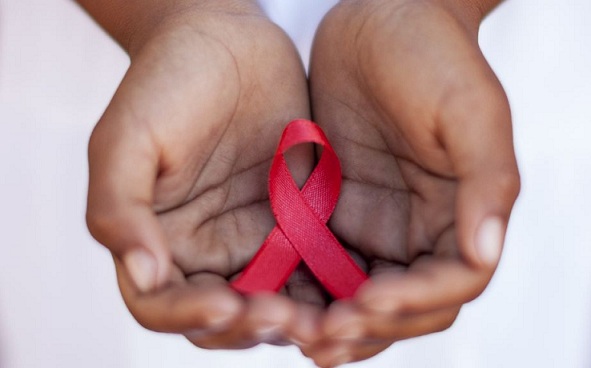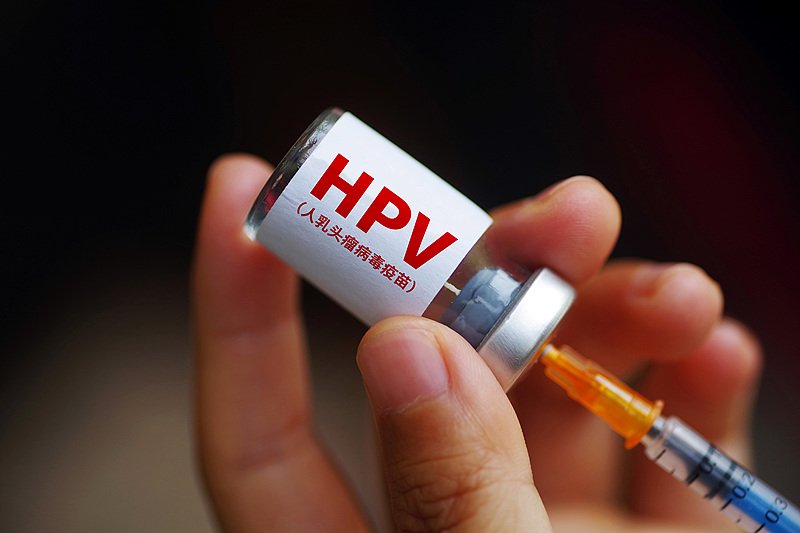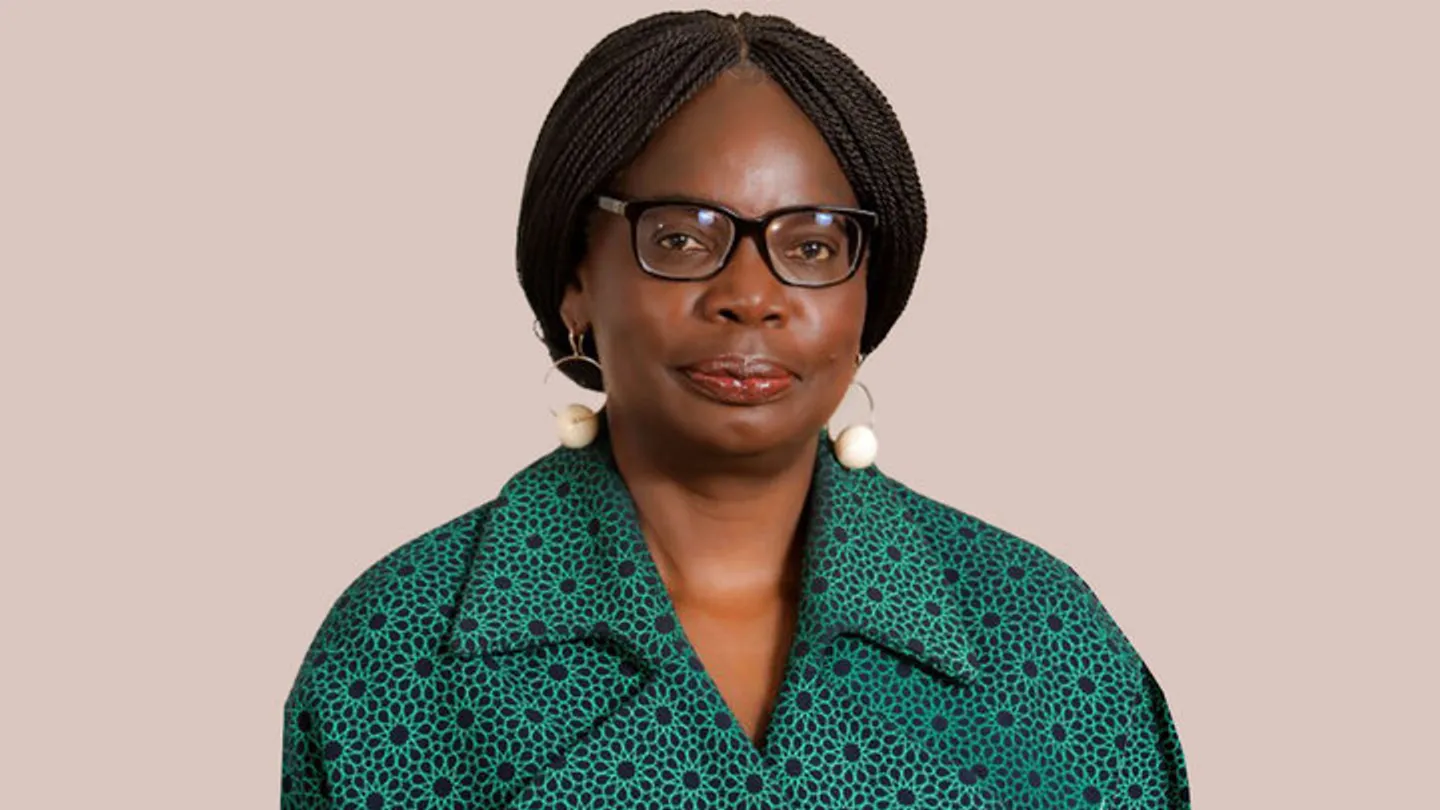
WHO report shows 36.7 million lived with AIDS in 2016

Ahead of the World Aids Day on Friday, December 1, the World Health organization (WHO) reports that there were 36.7 million people living with HIV at the end of 2016.
Of this number, only 53 percent were receiving antiretroviral therapy (ART), which enables infected persons to live longer and healthier lives.
HIV/AIDS remains one of the world’s most significant public health challenges, particularly in low- and middle-income countries.
Africa has the highest prevalence of all the continents, hosting about 28.1 million infected people.
Heads of State from around the continent earlier this year endorsed two major new initiatives to help end AIDS by 2030.
The community health workers initiative aims to recruit, train and deploy 2 million community health workers across Africa by 2020.
The western and central Africa catch-up plan aims to rapidly accelerate access to HIV treatment in the region and close the gap in access between African regions.
The initiatives were endorsed at the AIDS Watch Africa Heads of State and Government Meeting, held on 3 July during the 29th African Union Summit in Addis Ababa, Ethiopia.
HIV is spread primarily by unprotected sex, contaminated blood transfusions, hypodermic needles, and from mother to child during pregnancy, delivery, or breastfeeding.






